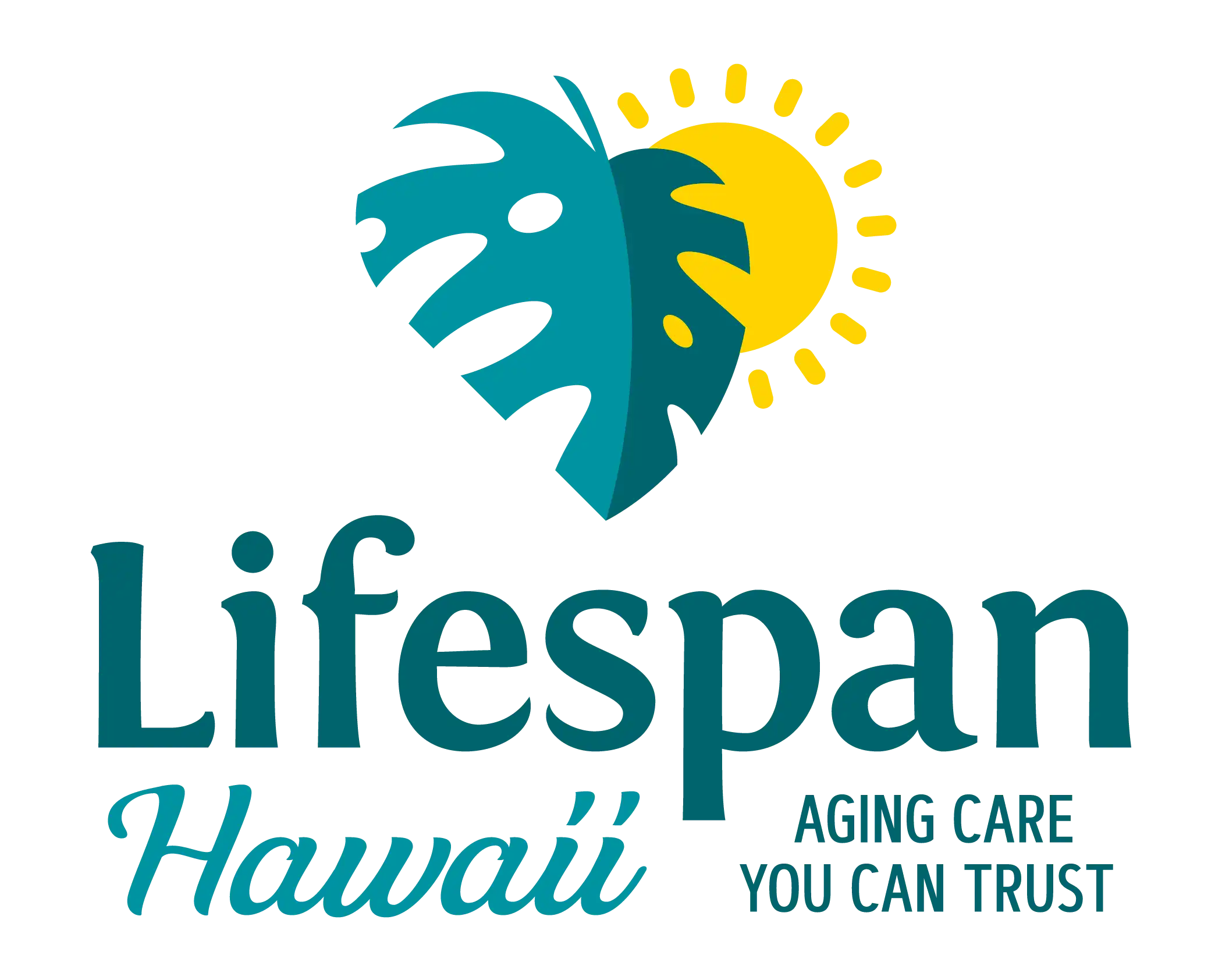UPDATE 2: Brig. Gen. Outlines Hazards Preparedness Plan & Report
 UPDATE 2: Feb. 20, 2018, 11:51 p.m.
UPDATE 2: Feb. 20, 2018, 11:51 p.m.
Gov. David Ige released the following statement regarding Brig. Gen. Kenneth Hara’s All Hazards Preparedness Improvement Action Plan and Report:
Gov. Ige:
The state’s goal is to lead the nation in emergency management, and Gen. Hara’s report is comprehensive and covers the major requests in my Executive Order. As a result, I consider this to be the final report, and there is no need for an additional report in another 30 days.
However, this is an enduring process—meaning, we will continue to confer and plan with emergency managers at all levels of government. A missile attack is an act of war, and collaboration with the federal government is essential.
The report identifies a breakdown in leadership and management at the Hawaiʻi Emergency Management Agency, and we are actively seeking a new administrator who will build the team that will implement the recommendations in this report.
Gen. Hara’s report includes a number of observations and recommendations, including a request for funding. I’ll be asking the Legislature for more than $2 million right now to build capacity. It’s all about the safety and security of the people of Hawaiʻi.
We need input and the participation of everyone—individuals, families, businesses, the whole community—to get involved in disaster preparedness.
This is uncharted territory, and we are using this experience to vastly improve our strategic planning and disaster preparedness. As we take the action steps described in this report, we will become a stronger, more resilient community.
UPDATE: Feb. 20, 2018, 11:38 p.m.
Gov. David Ige and Brig. Gen. Kenneth Hara today released the All Hazards Preparedness Improvement Action Plan and Report that was prepared as directed by Executive Order 18-01.
The Action Plan was designed to review current emergency response systems, including notifications and warnings, and make recommendations for improvement.
“We are moving forward with a strategic vision that enables emergency managers in Hawaiʻi to identify gaps and vulnerabilities for handling all hazards. I’ll be asking the Legislature for more than $2 million right now to build capacity. It’s all about the safety and security of the people of Hawaiʻi,” said Gov. Ige.
“The report is written by and prepared as a roadmap for emergency management planners,” said Big. Gen. Hara. “It could be used as a guide to help reshape how emergency management is organized and how resources are prioritized and allocated to respond to any hazard efficiently and effectively.”
The report:
- Focuses on preparations for any disaster, not only ballistic missile threats
- Identifies the need to prepare a Strategic Plan for Hawaiʻi Emergency Management Agency (HI-EMA) and update the All Hazards Catastrophic Plan to include a Chemical, Biological, Radiological and Nuclear Annex
- Recommends including all emergency management stakeholders in the planning process to address gaps and vulnerabilities that exist today
- Confirms and agrees with Gen. Oliveira’s findings from the investigative report
Other key details include:
- A complete comprehensive annex or plan to address the Ballistic Missile Preparedness threats had not been fully developed prior to commencement of missile alert siren testing and internal missile alert drills, nor had a risk assessment been conducted.
- There is a misconception that Gov. Ige and other elected officials are primarily responsible for timely warning and notification. The responsibility to identify requirements for the existing alert system and rapid notification remained with HI-EMA.
- The State Warning Point’s established Ballistic Missile Alert Checklist did not have a step to notify the HI-EMA Public Information Officer (PIO). The missing key step to notify the PIO contributed to the delay in rapidly informing the media and public.
- Observations point to the improper management of HI-EMA. HI-EMA senior leadership lacked awareness of personnel issues within the SWP.
Key observations and recommendations include:
- Conduct comprehensive review and assessment of organizational roles and performance
- Make needed improvements in technological capabilities
- Enforce current statutes and executive orders dealing with emergency management
- Develop and deliver training and education programs for the public, government leaders, and EM employees
Based on this roadmap, Gov. Ige is:
- Enhancing our strategic capabilities to respond and recover from any hazard
- Building and putting capacity into place; this includes asking the Legislature for funding
- Placing renewed emphasis on individual, family and community preparedness
The report also recaps previous, worst-case threat analyses that would impact Hawaiʻi’s response and recovery efforts to a catastrophic event.
The full report is posted at http://dod.hawaii.gov/blog/news-release/fma-final-report/.
ORIGINAL: Feb. 20, 2018, 11:45 a.m.
On Saturday, Jan. 13, 2018, the Hawaiʻi Emergency Management Agency’s (HI-EMA) State Warning Point erroneously activated a statewide Civil Danger Warning (CDW) ballistic missile alert through the Federal Emergency Management Agency’s Integrated Public Alert and Warning System (iPAWS).
As designed, the iPAWS automatically distributed the CDW message through the Wireless Emergency Alert (WEA) to cellular phones and through the Emergency Alert System (EAS) to radio and television stations. Although efforts were taken to notify the public that the message was in fact a false missile alert, it took HI-EMA 38 minutes to send a second message on the WEA and EAS notifying the public that the first message was a false alert.
HI-EMA staff had to create an event code to distribute the follow-on false alert message during the confusion that followed because that capability was not a part of the original alert system. The failure to have systems in place in response to a false alert was the primary contributing factor for the delay and resultant internal and external communication failures.
The false missile alert and the long duration it took HI-EMA to send the WEA and EAS message confused, panicked and angered the public. This unfortunate event severely degraded the public’s trust of HI-EMA and the systems used to notify the public of impending dangers.
It is important to note that HI-EMA is prepared for and stands ready to immediately respond to and provide support to the counties of Hawaiʻi ensuring rapid recovery from natural and man-made disasters – with the exception of nuclear capable ballistic missile attack.
On Monday, Jan. 15, 2018, Governor Ige signed Executive Order 18-01 (EO 18-01) directing Brig. Gen. Kenneth S. Hara to review current emergency response systems, including notifications and warnings, and make recommendations for improvement.
Subsequently, Brig. Gen. Hara selected seven core team members bringing together experience and backgrounds in state and county government, emergency management, emergency communications, community outreach, and legal expertise. This report summarizes the approach used to conduct research, gather information, and organize information for decision making and problem-solving. To meet the requirements of EO 1801, the team’s goal was to provide a 30-day initial action plan and a 60-day All Hazards Preparedness Improvement Report. However, Governor Ige acknowledged that this report meets the requirement of EO18-01, thus a 60-day report will not be published.
Although this report recommends critical actions that need to be accomplished immediately and for the long-term, the effort to listen and gather additional knowledge and input will continue well beyond this report.
Find a copy of the entire report can be downloaded from the state Department of Defense website.












